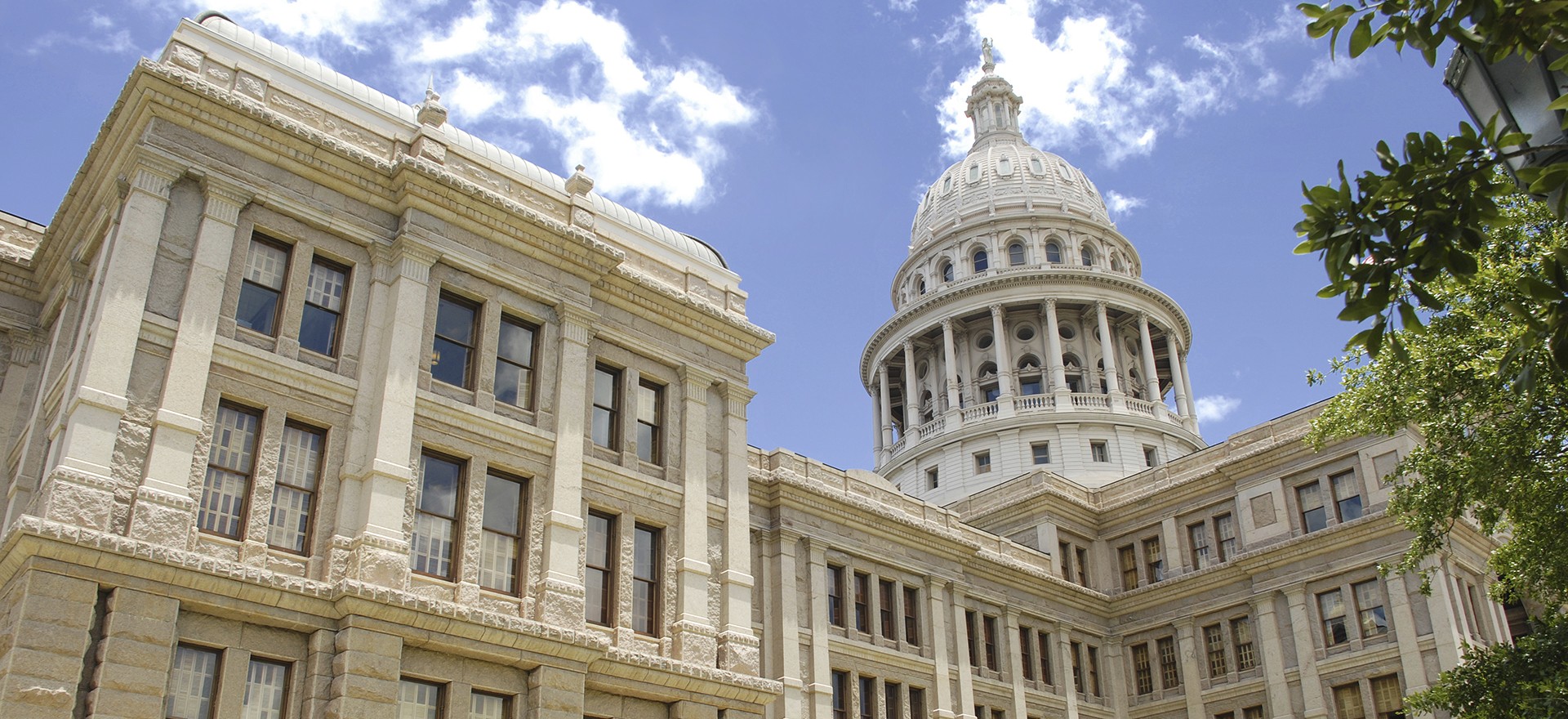What’s the real goal here?

Date Posted: 3/22/2024
In what looks like an attempt to create conflict between parents and school districts, Texas Attorney General Ken Paxton (R) issued a press release on an Office of the Attorney General advisory earlier this month inserting himself into oversight of school safety.
State leaders such as Paxton and Gov. Greg Abbott (R), in addition to numerous other Texas legislators, have been making a habit of using the media to sow discord between the public and public education, often by promoting misleading or factually inaccurate scenarios for their own political gain. (For instance, in November 2021, Abbott sent a letter to the Texas Association of School Boards, asserting the organization—a membership association with no governmental authority—was responsible for keeping pornography out of Texas public schools.)
The attorney general’s advisory purports to educate parents about recent school safety laws with an eye toward holding districts accountable, stating: “Parents deserve to know what state law requires of their school district so that they can hold school boards and administrators accountable ... ” Unfortunately, this language potentially gives the inaccurate impression that parents have not had access to school safety information. While some school safety information is kept confidential so as not to create a blueprint for bad actors to harm students and educators, many school safety resources, including information on “what state law requires,” are already available at both the local and state level.
Further, in seeking to “hold school boards and administrators accountable,” Paxton neglects to mention the critical impact underfunding at the state level has had on school safety. For example, Paxton touches on a requirement that an armed guard be present on each campus, a provision of House Bill (HB) 3 by Rep. Dustin Burrows (R–Lubbock), which the Legislature passed in 2023. This requirement is significantly more costly than the funding amount provided by the state in the bill. Because legislators were aware of this funding discrepancy, the legislation provided significant good-cause exceptions for districts that lack either the funding or available personnel. While the longer advisory mentions the exception, the more widely read press statement does not, leaving readers with the impression that any district lacking an armed guard on every campus is in violation of the law.
The example above is just one of many requirements TEA and the Legislature have imposed concerning building standards and security personnel. Not all these provisions have local opt-outs tied to funding shortfalls, leading districts to express concern about being hamstrung by the cost. Although the Legislature appropriated $1.1 billion for school safety funding in 2023, districts estimate that total is less than half of what it would take to comply with HB 3’s provisions.
As the body that controls both school finance formulas and the appropriation of education funding, it is ultimately the Legislature, along with the governor and Lt. Gov. Dan Patrick (R), who are responsible for funding school safety. However, funding is not the only mechanism necessary to ensure school safety. Oversight of implementation is also key. This is why, among other things, HB 3 established an office of school safety and security within the Texas Education Agency (TEA) to coordinate the agency’s monitoring of school district safety and security requirements.
As amended by HB 3, Chapter 37 of the Texas Education Code establishes the Chief of School Safety and Security. Former U.S. Secret Service agent John P. Scott has been appointed to as the first Chief of School Safety and Security. Under current law, he and the Texas School Safety Center (TxSSC) at Texas State University are the authorities tasked with oversight and enforcement of school safety—not the attorney general. The TxSSC has already released a comprehensive toolkit for assisting school districts in complying with the various provisions of law, including HB 3, that address school safety, in addition to providing best-practice documents that go above and beyond current legal requirements.
Protecting citizens, including students and school employees, is one of the state’s most important responsibilities. It is critical that the state put school districts in a position to succeed when it comes to school safety. This includes fostering an environment of positive cooperation between the public, schools, and local law enforcement and prioritizing school safety as a budget item when the Legislature next convenes. It does not include fomenting fear, anger, and mistrust for personal political gain.
CONVERSATION
RECOMMENDED FOR YOU

12/19/2025
Teach the Vote’s Week in Review: Dec. 19, 2025
Happy Holidays from ATPE! The ACLU of Texas is challenging SB 12 in federal court, and ATPE has distributed candidate surveys to those running for statewide, legislative, and SBOE seats.

12/18/2025
Gov. Abbott’s property tax promise and the split in the Texas GOP
Property taxes aren’t just a political talking point. They’re the main revenue source for vital local services, including police, fire, and public education.

12/12/2025
Dec. 8 filing deadline sets the stage for 2026 elections
Now’s the time to confirm your voter registration and update it if necessary.


Would there be a way to send out a blast to newspapers or major television news outlets with this information to pass on to its consumers?